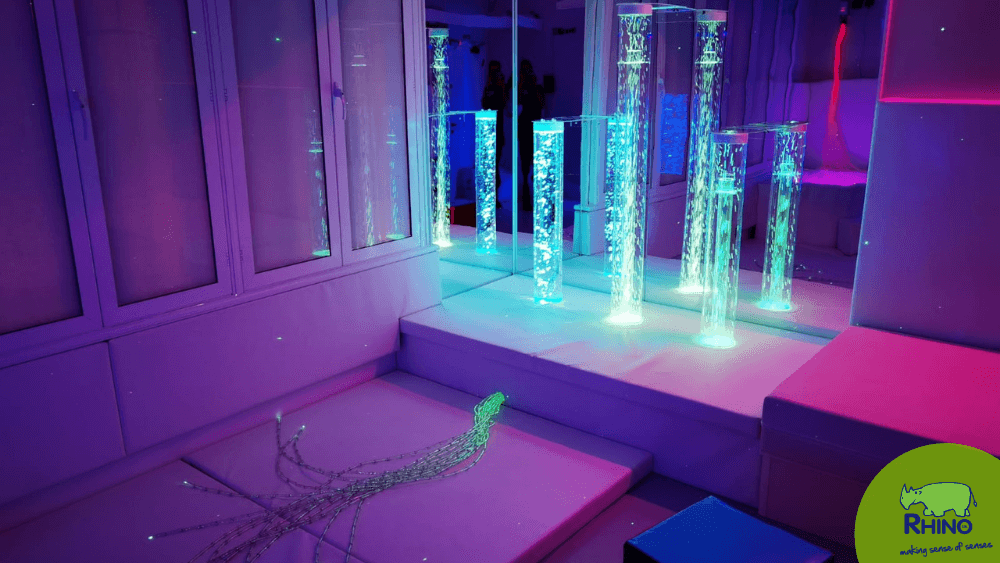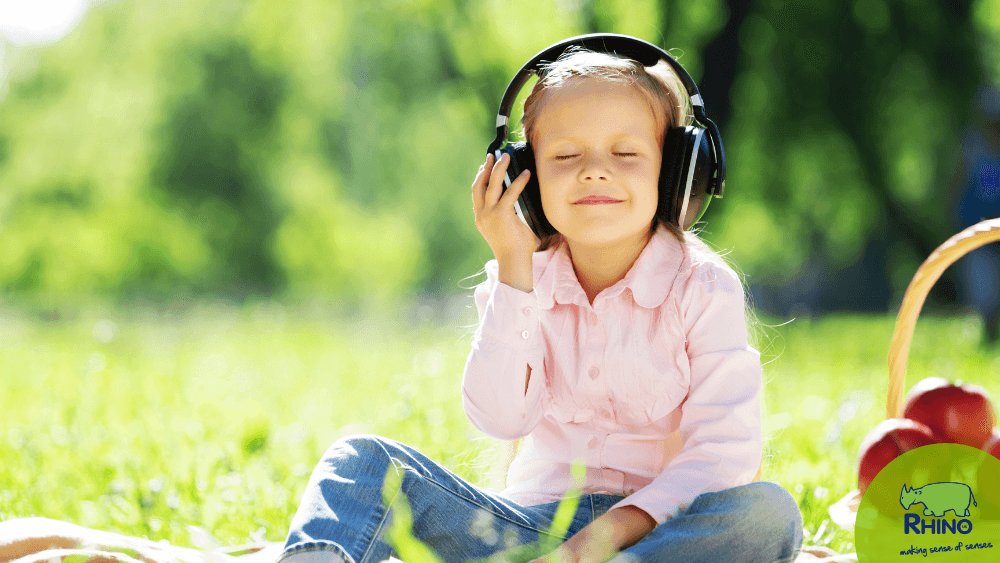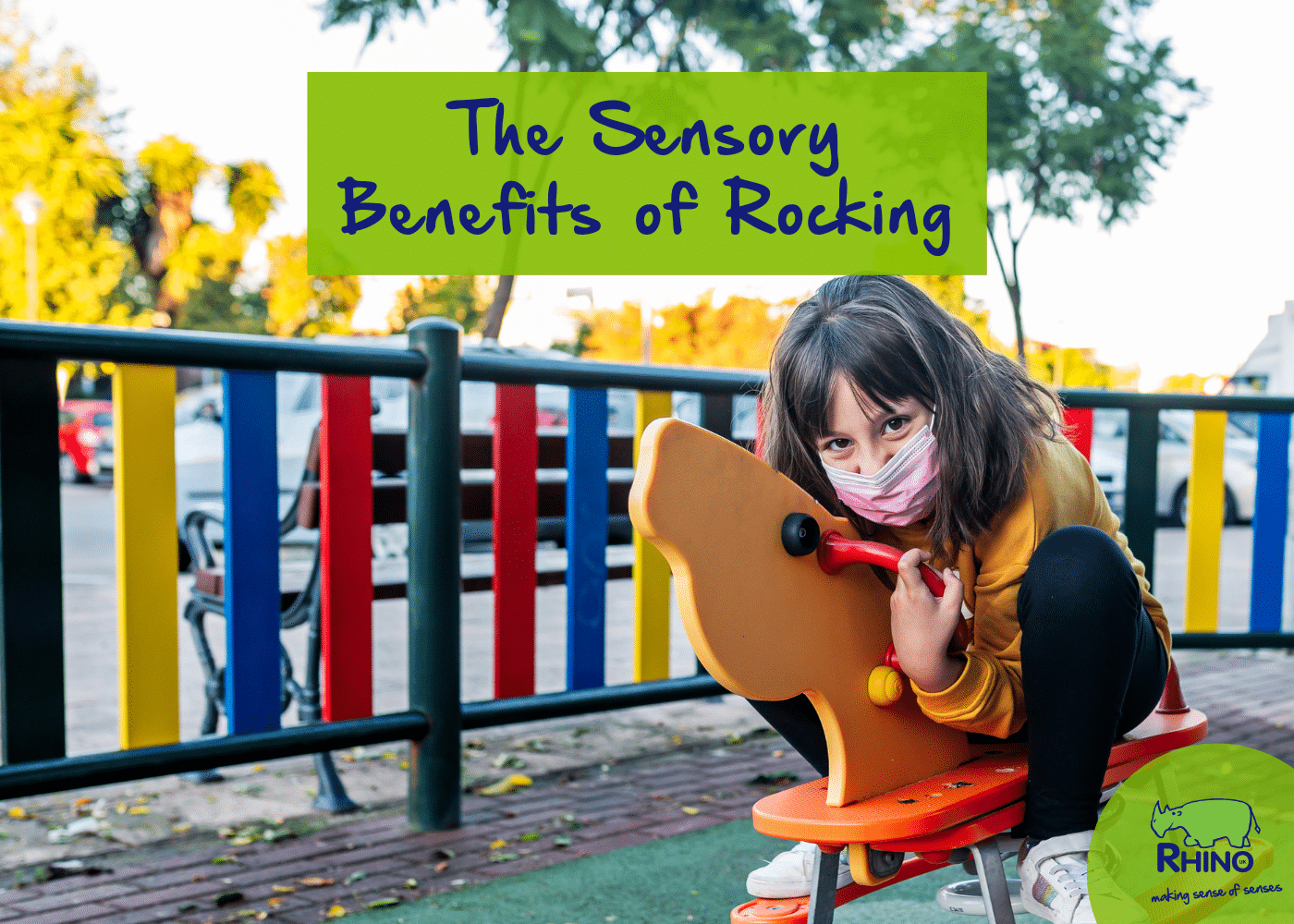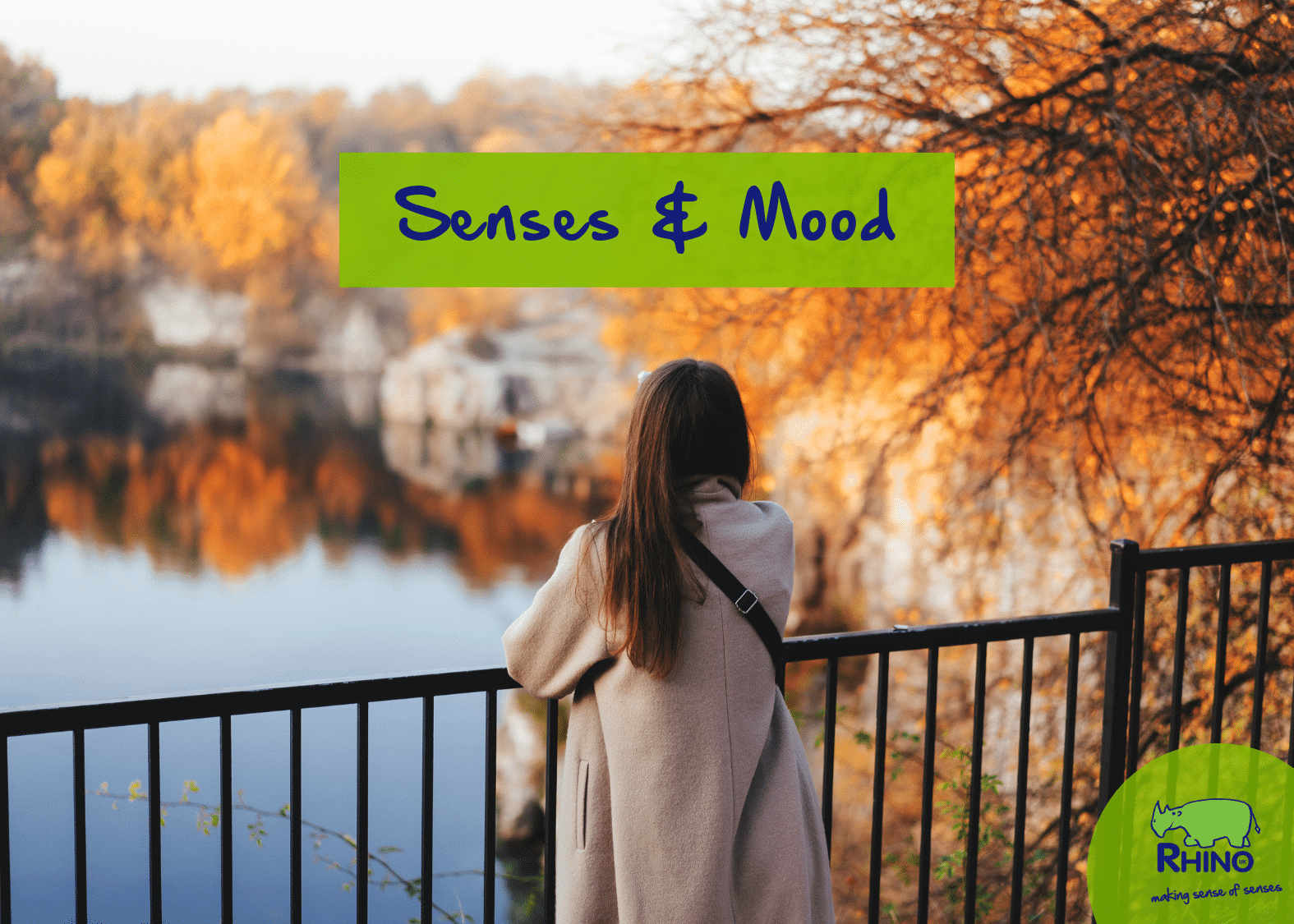Our senses are more important than you might first think.
On the surface, we know that our senses help us explore the world around us; seeing, touching, hearing, tasting, and smelling, so that we can safely navigate our way through daily life.
But did you know that our senses also help us feel?
This is a particular phenomenon called ‘Conceptual Association,’ which describes the link between our senses processing information and how it makes us feel a certain way. A relatable way to explain this is through the example of a coffee shop – an everyday sensory space where we go to relax.
- Sound: The soft whirring noise made from the steam in the espresso machine, or the chilled lo-fi playlist that the cool barista has put together.
- Smell & Taste: Caramel, vanilla bean, cinnamon, chocolate, and coffee are all warm and comforting aromas/tastes, helping us feel relaxed.
- Touch: Soft, cosy couches covered in warm cushions give us a safe place to lay back and chill, while the heat from our coffee cups warms us up.
- Sight: Warm, soft lights and relaxing neutral tones of the interior design transport us to a relaxing place, far away from our bustling outside lives.

Coffee Shops can be described as modern sensory spaces for adults, using a variety of sensory cues and conceptual associations to make us feel safe, warm, and relaxed. If we ever find ourselves feeling stressed or anxious, we might subconsciously head out to a coffee shop to help regulate our mood. Why? Because they allow us to have what many psychologists would call a ‘Mindful Moment’. A moment where our minds are free from anxiety or worry. They are instead perfectly distracted with the present, grounding us in the moment and letting our senses relax, no longer on high alert from any perceived worry or danger.
Mindful Moments are great for stabling moods and easing anxiety. However, they can be tricky to find organically, especially now that we’re all more or less homebound. Luckily there are lots of things that you can do to create your own mindful moments. And our team of sensory experts are here to help you use your senses to find mindful moments that are perfect for you!
How Senses Affect Moods
Smell
Did you know that our sense of smell is directly linked to our memory and mood?
When we smell something, sensory information is sent to our brains via our Olfactory Bulb (our smell centre) which happens to be closely connected to our Amygdala and Hippocampus (memory and emotion centres). Because of this, smells are likely to have a more significant effect on your mood.
Scents like vanilla, lavender and bergamot are great for helping you to relax when you are feeling anxious. In contrast, invigorating scents like mint and citrus are great for giving you a spike of energy if you are feeling low.
Sensory Activity: Nature Walk
Why don’t you head out of the house and into nature? It’s full of natural smells that are sure to pick up your mood. From the calming fresh air to floral flowers, freshly cut grass and the earthy smell that radiates from trees; there are a lot of different scents to distract and centre your mind.
Sensory Resources for Olfactory Stimulation
- Tropical Putty – Our sunny gloop of scent-ational putty creates a tropical multisensory experience in the palm of your hand.
- Smell Pots – Perfect for inquisitive minds and noses, these plastic pots have holes in their lids, encouraging the exploration of our sense of smell.
- Scentos Colouring Workstation – Treat your inner artist to this wonderful art station that has a fabulous sensory twist, as each item has its own unique fruity smell!
- Colour Changing Aromatherapy Diffuser – A mini sensory hub, providing relaxing smells and a dreamy light show.

Taste
Have you ever felt the urge to raid your freezer for a tub of ice cream when you’re feeling low? Well, there is a scientific reason for that – sugar!
Because we’re feeling low, our body will consciously be on the search for something sugary, as sugar will give us a short-term energy boost, picking up our mood. Treating ourselves to a tub of Phish Food every now and then isn’t a bad thing. But there are healthier alternatives filled with exciting sensory possibilities – like fruit juice or a fruit smoothie!
Sensory Activity: Make a Healthy Smoothie
Let’s make a super berry smoothie; both creamy and tangy, it will stimulate your taste buds and give you all the energy you’ll need for an action-packed afternoon!
Ingredients: Frozen Berries (450g), Fat-free Strawberry Yoghurt (450g), Milk (100ml), Honey (2 tsp)
Throw it all into a blender, pour into your favourite glass, and enjoy!
You can find the full recipe at BBC Good Food (we decided to leave out the porridge oats).
Sensory Resources to Stimulate Your Tastebuds
-
- Chewigems – Soothe the natural need to chew whilst stimulating your tastebuds.

Touch
If we’re feeling anxious, stimulating our sense of touch can be a great way to centre us in a moment, grounding ourselves and stopping our minds from running away from us.
A deep pressure, proprioceptive touch is the most effective way to help us feel calmer. We can find this sort of stimulation through warm hugs with our friends & family or wrapping ourselves in a weighted blanket. This sort of pressure helps our bodies feel contained and safe, calming our minds down.
But if you’re not a hugger don’t worry; there are lots of other touch-based activities that can help boost your mood.
Getting a warm bath or shower is another great way of stimulating your whole body; it’s less constricting but still provides the warmth and love a hug would. Or you could wear your comfiest, cosiest clothes; fluffy jumpers, joggers, onesies, pyjamas – wear whatever makes you feel comfortable. Hopefully, you’ll start to feel more like yourself.
Sensory Activity: Create Your Cosiest Outfit
We’re challenging you to create the comfiest outfit you can! Go and search your wardrobe for all of your cosiest clothes – woolly hats, fluffy socks, soft jumpers, warm trousers, whatever makes your feel warm, safe and happy. Once you’re done have a mini fashion show, go outside for a nature walk or sit down and watch your favourite film – Express Yourself!
Sensory Resources that provide Tactile Stimulation
-
- Cuddle Ball: Instead of wrapping your mind up in your problems, why don’t you wrap your arms in and around this comforting and cosy Cuddle Ball.
- Weighty Snakey: A bright, tactile weighted snake that can be wrapped around the shoulders or laid across the body.
- Weighted Blanket: A classic weighted blanket great for placing on top of a bed, or wrapping around your body for a calming hug effect.

Sight
Sight is typically the first sense we use to understand our environments. Whether that’s how bright a space is, its colours, its size, and what else is there. All of these factors can have a big impact on our emotions. Some people prefer dark, moody spaces, like a relaxing coffee shop, whilst others are more drawn to exciting, brightly lit, colourful areas like a kids’ play area. Finding yourself in an environment that doesn’t fit can make you feel anxious and uncomfortable – like a serious coffee drinker who’s unexplainably found themselves in the middle of a ball pool.
It’s important that we understand and recognise what visual things we enjoy and what we don’t. So when we find ourselves in an environment that doesn’t feel right, we can adapt to it and make ourselves feel comfortable. Whether that’s wearing sunglasses when it’s too bright outside or using mood lighting to create a personal and relaxing space.
Sensory Activity: Mood Lighting
Download a mood light app on your phone, go into a dark room, and play around with colour. See which coloured lights you like the most, and which ones you don’t. Quickly transform your space from a spooky red to mystical purple, or brighten things up with a soft and sunny yellow.
Sensory Mood Lighting Resources
-
- Sensory Mood Egg: A versatile wireless mood light shaped like an egg.
- Laser Sphere: Project awe-inspiring moving and colour-changing light effects in your room.
- Handheld Fibre Optics Bundle: Wonder in the palm of your hand. Inspire calm and creativity with our fabulous Handheld Fibre Optic Bundle.

Sound
Hearing is the sense we use most to communicate with one another, and because of this, our ears are always alert for sounds around us.
Sounds can also affect our mood. A pop song playing through the radio on a long car ride can be uplifting, cheering us up. Whilst an angry alarm can make us feel frustrated and uncomfortable.
Finding and creating the right soundscape can be an easy way to help you balance out your mood and cheer you up.
Sensory Activity: Playlist Time!
Create a playlist of songs that make you happy and a playlist of songs that make you feel relaxed. This way, you’ll have the perfect soundtrack to pick you up when you’re feeling down and help you feel calm if you’re feeling particularly anxious.
Sensory Resources to help with Sound Stimulation
-
- Ear Defenders: Protect your ears from sensory overloads.
- Bondina Bells: Create a charming chiming melody with a rainbow of musical bells.

Using Your Senses To Boost Your Mental Health
With our guide and activities, you should now have a great sensory base to help you manage your moods a little better.
Don’t worry if they don’t work the first time; creating mindful moments takes time and practice.
We’ve made a handy Sensory Mood Checklist to help you figure out which senses may affect your mood the most.
Or you could try to work through each sense at a time until you find the activity that works best for you.













